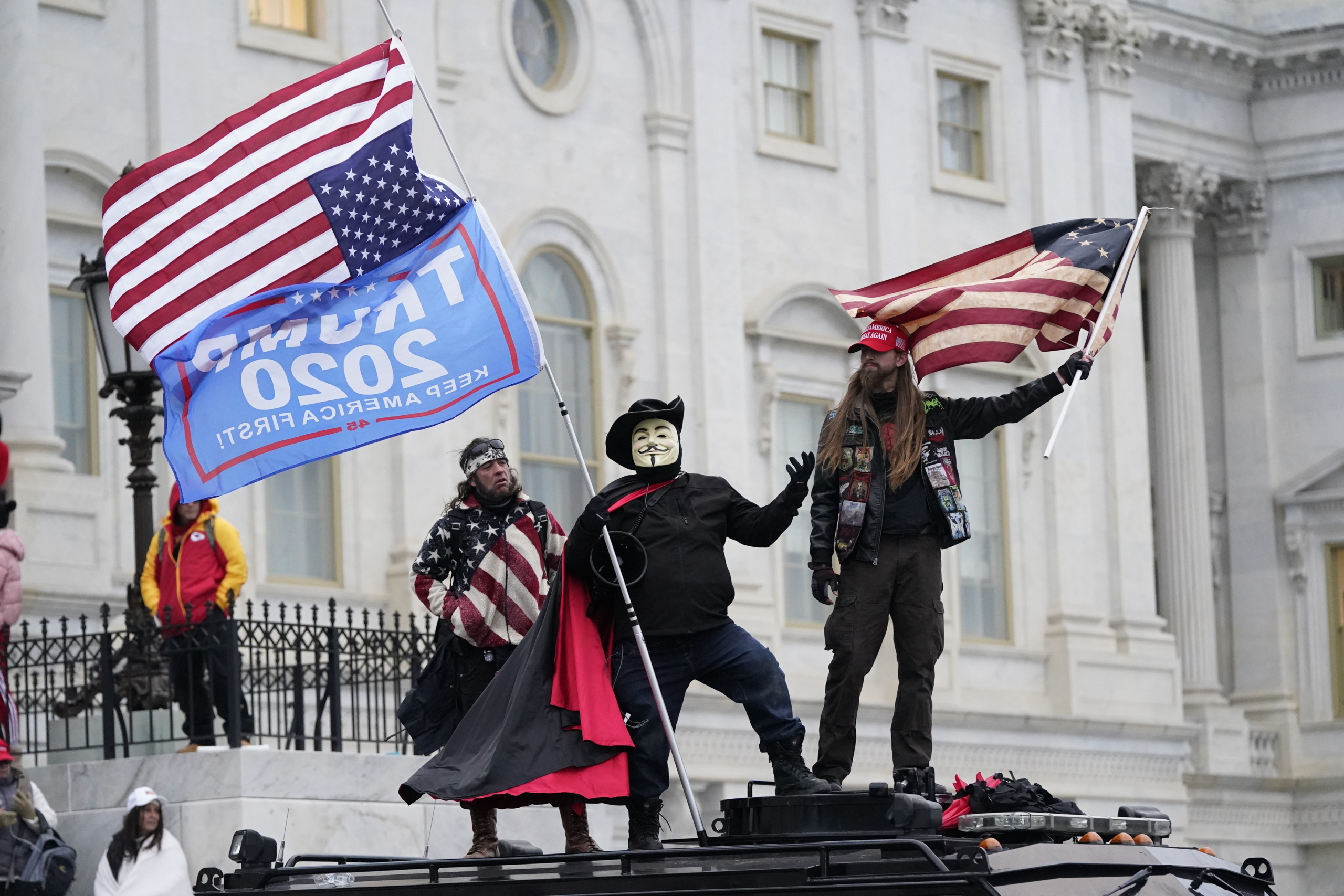After January 6, when pro-Trump insurrectionists and far-right extremists invaded the Capitol, Timothy Snyder, a history professor and the author of On Tyranny, warned of rising domestic terrorism at a time of declining local news. “If we lose the institutions that produce facts that are pertinent to us, then we tend to wallow in attractive abstractions and fictions,” Snyder wrote for the New York Times. “Truth defends itself particularly poorly when there is not very much of it around.”
Between 2005 and 2020, right-wing domestic extremists were involved in more than three hundred plots or violent incidents; of those, two hundred–plus occurred after 2015. Over roughly the same period, more than two thousand local newspapers either closed or merged; the number of local TV newsrooms also declined. As local journalism employment has fallen, gains in TV and digital newsrooms have been unable to make up for print losses.
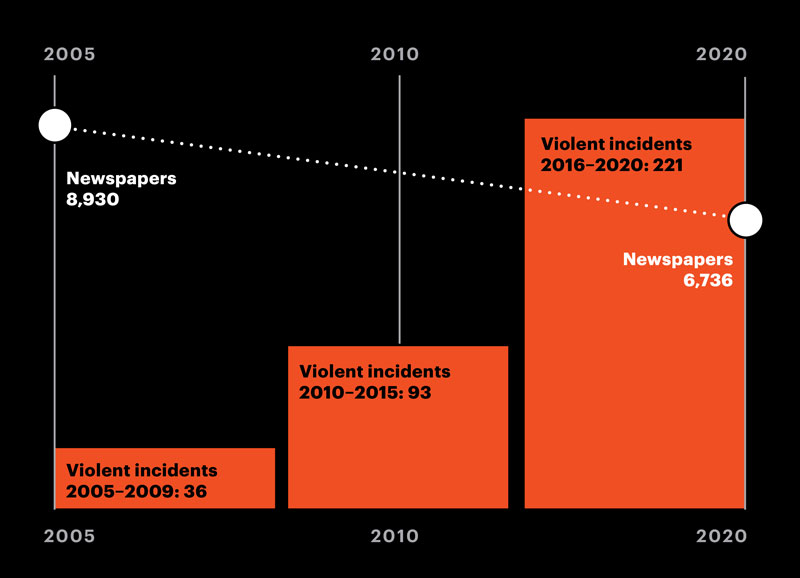
Threats from right-wing extremists can be high in populous counties, where local-news losses are acute; some attacks occur in rural counties that have gone without much local journalism for years. At crisis moments, when national reporters are tasked with covering communities struck by violence, there’s only so much they can learn by scouring online forums. “These movements have a slow creep,” Brandy Zadrozny, who covers extremism and disinformation for NBC News, said. “They often build on years of local grievances. Having reporters who can document with real understanding of a place and community is crucial.”
In the months following the insurrection, law enforcement arrested more than five hundred people in forty-five states for their connection to the event. “If you don’t understand the place where something happens,” Chris Jones, who covers domestic extremism in Appalachia, said, “you’re preventing yourself from being able to understand why it happens.”
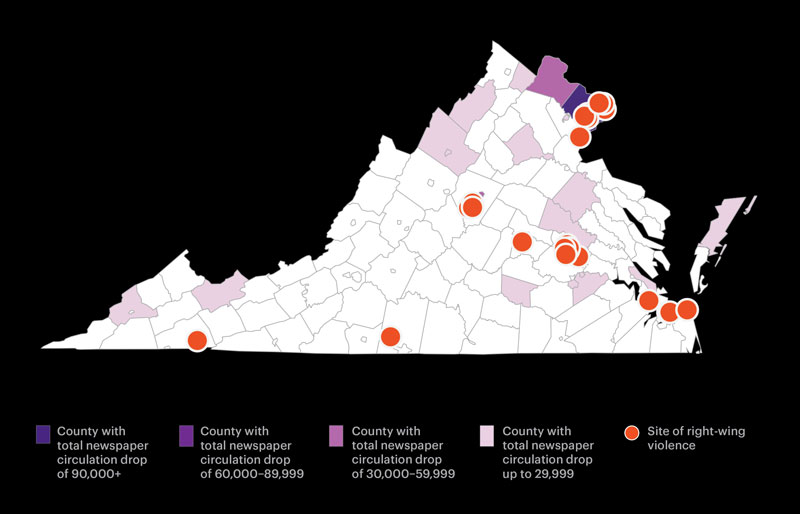
Virginia
“For every January 6, there’s hundreds of violent incidents all over the country that never made it into a news headline because there wasn’t a journalist there.” Jones, a Report for America fellow working for a nonprofit news site called 100 Days in Appalachia, tracks domestic extremism in the region. Since the deadly 2017 white-supremacist rally in Charlottesville, more attacks have taken place across the state and in surrounding parts of Appalachia. “It’s the sort of thing where, if you pay attention, you can start to have a better perspective on it before it spills over to urban centers and other parts of the country,” he said. In Virginia, right-wing extremists have threatened mosques, synagogues, and Black churches. Last year, a self-identified Ku Klux Klan member drove through a crowd of Black Lives Matter protesters near Richmond. (This year, he was convicted of a series of misdemeanors, including assault.)
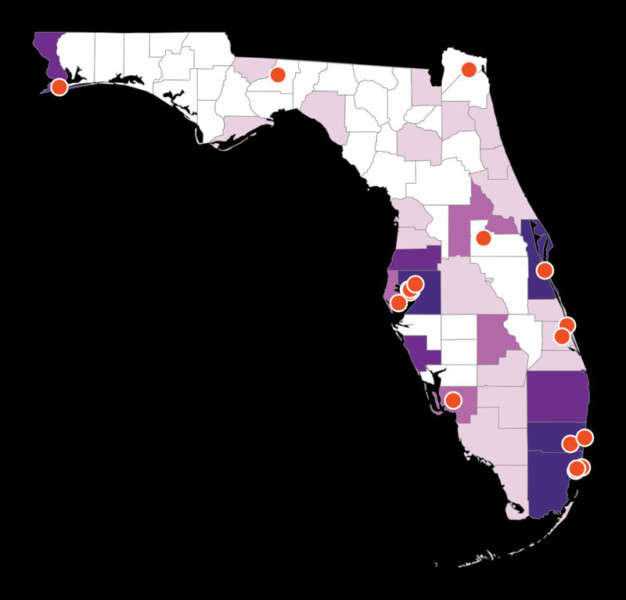
Florida
“Extremism and disinformation go hand in hand,” Zadrozny, of NBC News, said. “You literally can’t have one without the other. You need to keep people misinformed, angry, and afraid enough to see no other options than to hurt their neighbors and try to topple their elected governments.” Since January 6, as domestic extremists have been hit with mass prosecutions, “we’re not seeing the kind of open organizing we saw last year—but they haven’t gone away.” Zadrozny added, “There’s an incredibly important role for local journalists to play.” That may be particularly true in Florida, the state with the highest number of insurrection-related arrests.
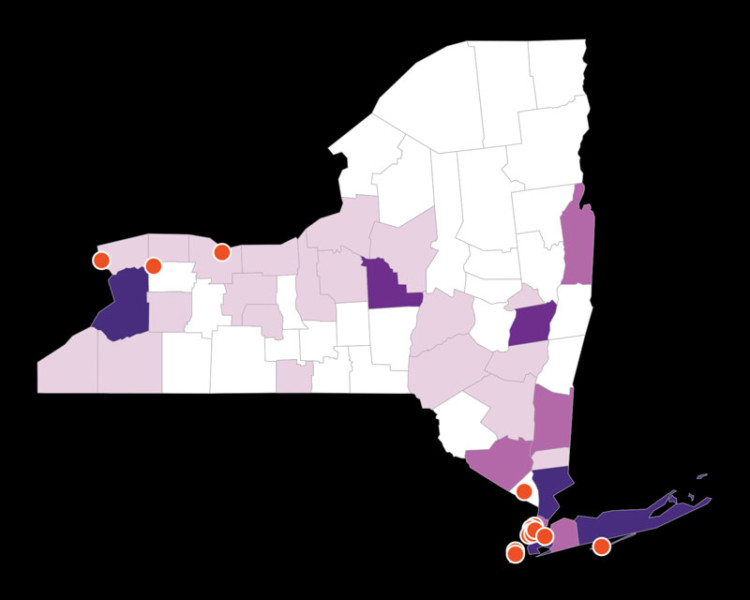
New York
“Much of my reporting on extremism has entailed compiling local news reports, which helps me identify national trends,” Tess Owen, who covers extremism for Vice, said. Owen has written frequently about the Proud Boys, established in New York by Gavin McInnes in 2016 (years after he cofounded Vice). In June, Owen, who is based in Brooklyn, published a digest of Proud Boys actions since the insurrection. By tracking local stories, she said, “I was able to make broad conclusions about the group’s resilience and ability to organize around hyper-local culture war issues and establish coalitions with other far-right movements.”
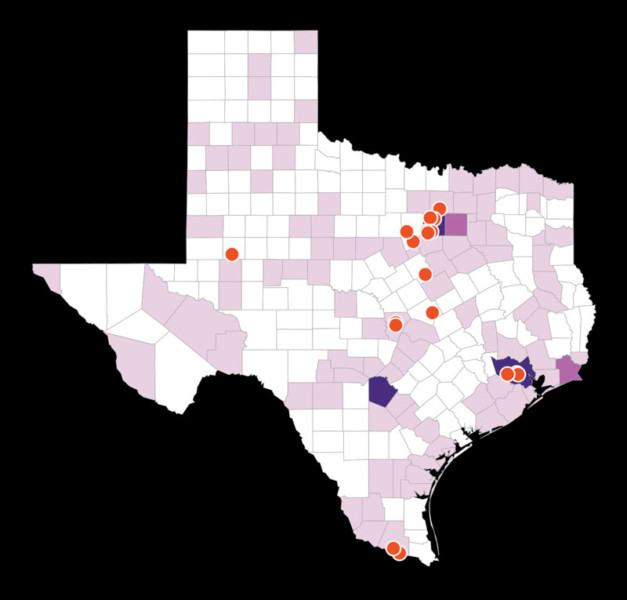
Texas
“The decimation of local news means a lot less coverage of local hate and extremist events,” Heidi Beirich, who cofounded a nonprofit called the Global Project Against Hate and Extremism, said. “It leads to an undercount in general of how much extremist activity is happening across the US.” In recent years, Texas has seen numerous anti-Muslim and anti-government threats, as well as militia activity. Last year, right-wing militia members appeared at Black Lives Matter rallies and protests against pandemic-related public health measures; this year, they showed up at the Conservative Political Action Conference in Dallas and, according to a journalist in attendance, harassed the press.
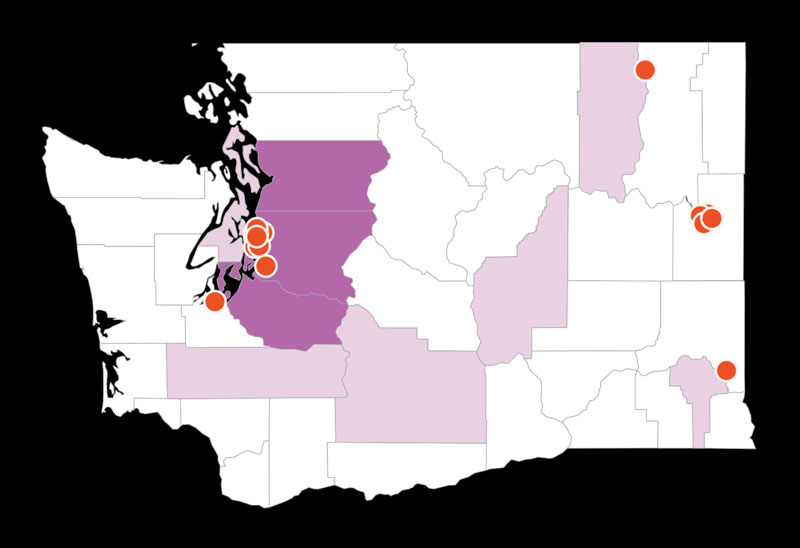
Washington
“It’s not an easy subject to cover,” Chris Ingalls, an investigative reporter at KING 5, Seattle’s NBC affiliate, said. “It takes some digging, and there just aren’t enough people with shovels.” Since 2019, he’s followed the Atomwaffen Division, a neo-Nazi group; last year, KING 5 issued him an armed security detail when agents with the Joint Terrorism Task Force learned that Atomwaffen members planned to visit his home. (Someone later mailed him a letter that read, “You have been visited by your local Nazis.”) Ingalls believes that domestic extremism has gone under-covered in the Pacific Northwest. “We don’t want to believe that it’s here,” he said, “even though we have these examples.”
Graphics are based on an analysis of data provided by the Center for Strategic and International Studies’ Transnational Threats Project; the Radio Television Digital News Association/Newhouse School at Syracuse University Annual Survey; the Soufan Center’s Mapping Insecurity project; and the University of North Carolina’s Hussman School of Journalism and Media. The Transnational Threats Project does not include incidents for which there is no discernible political motive or threat of violence. County-specific circulation numbers have not been weighted by population.
Brendan Fitzgerald is senior editor of CJR.


